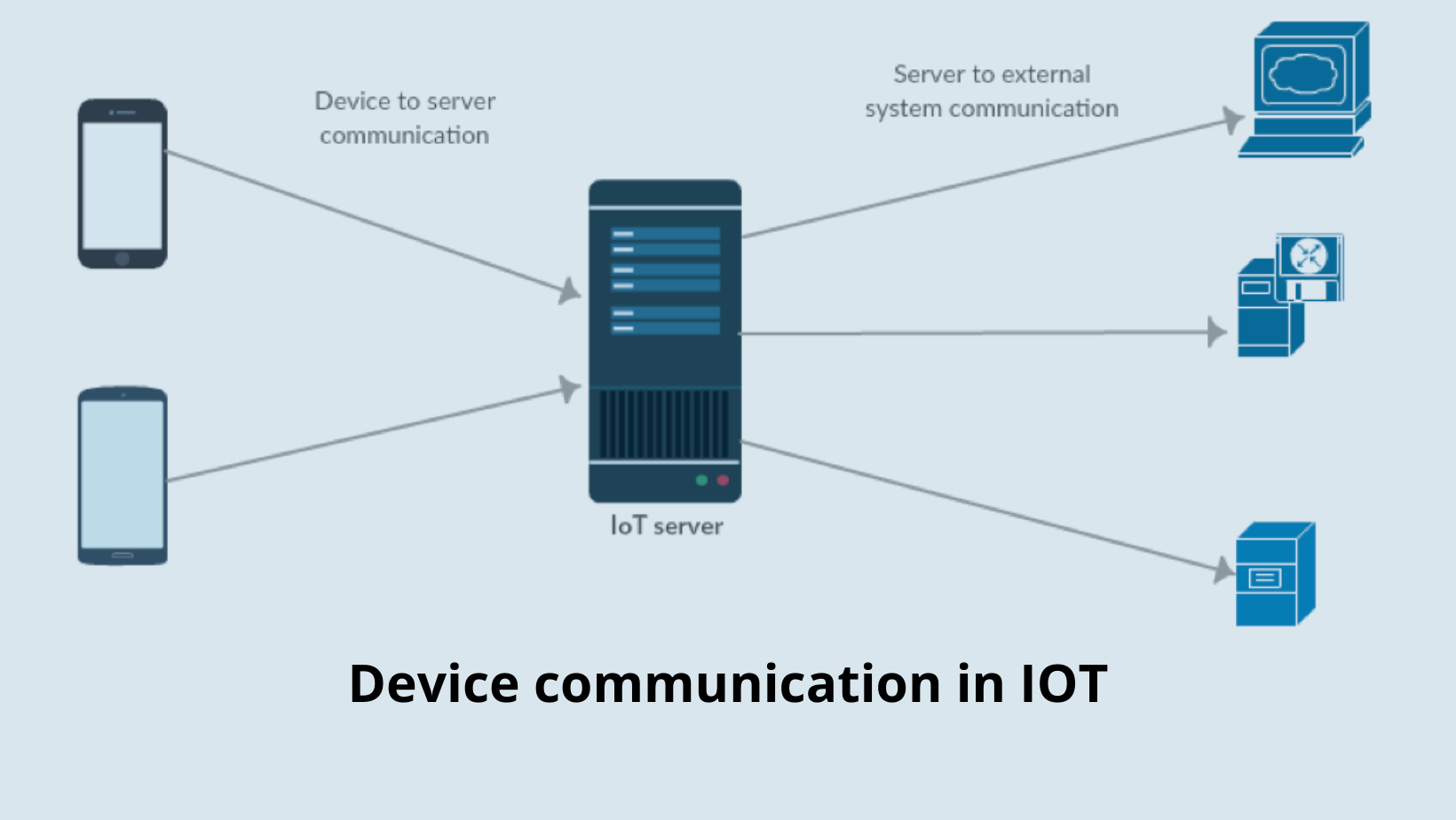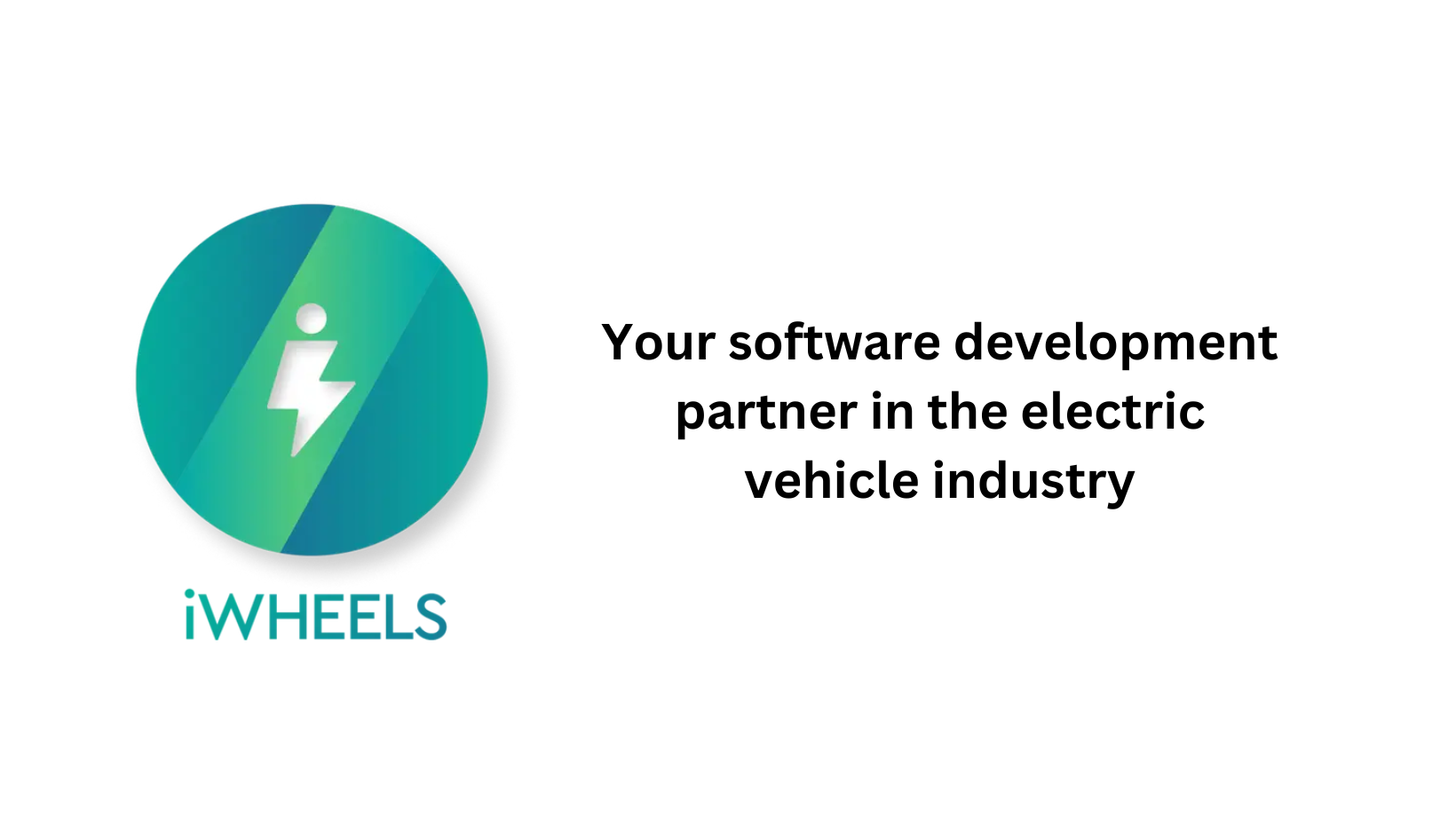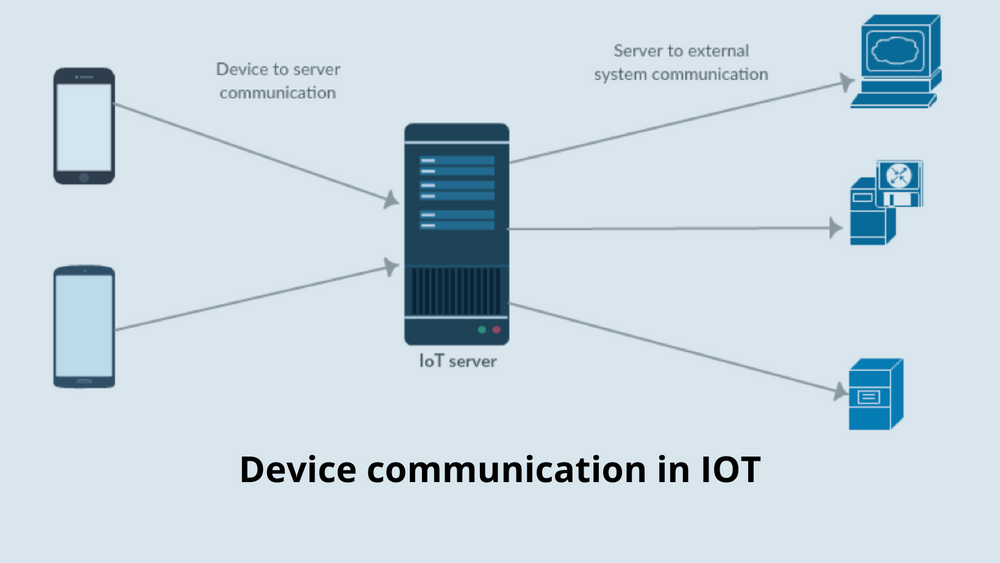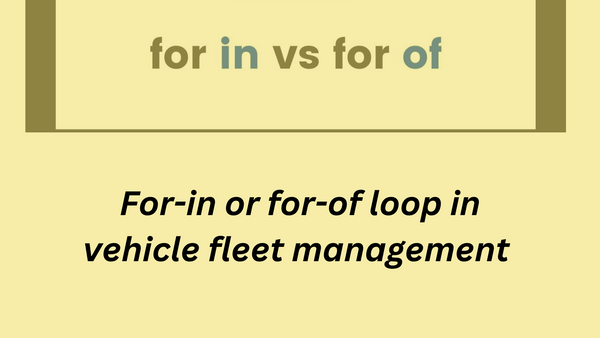Device communication in IOT
Hello People. This article discusses about device communication in IOT. Internet of Things (IoT) devices communicate in different ways using hundreds of different protocols. There’s no single best protocol, the choice of protocol depends on the application’s specific needs.
Let us take a look at the embedded components of an IoT communication system.

Are you looking to start your business in the electric vehicle industry? We provide software development, web application development, mobile application development, charging stations management app, electric vehicle fleet management software development, cyber security and all software services. Please check our home page here https://iwheels.co/

Ok. Let's get back to the article.
Main Components in IoT Device Communication
Most of the IOT device communications include the following components:
- IoT device – IOT devices can be anything like a small temperature sensor or a giant industrial robot. We are usually describing things like environmental sensors, connected appliances, vehicle trackers, or even assembly line machines. IoT device is basically any electronic device that can communicate with the Internet.
- Local communications – this is the method the device uses to speak with neighboring devices. IoT communications can either be wired or wireless. Wired connections may use a simple serial protocol. But most frequently a networking system like Ethernet will be employed. Ethernet allows “direct” Internet protocol (TCP/IP) connections to a network server or cloud application. Wireless communications like Wifi is more preferred to avoid all the wires and cables.
- Application protocol – this is the framework that defines how information content is transported. LoRaWAN protocol is increasingly popular for low bandwidth IoT. It combines long-range with very low bandwidth, supporting miles of line-of-sight range for devices that only have very small things to say.
- Gateways – gateways translate and re-transmit information, typically linking local device networks to the Internet. When a device isn’t capable of running Internet Protocol (TCP/IP) directly, it will pass its messages to another device called a gateway. This gateway will process and forward messages to and from the Internet. Wearable devices running Bluetooth/BLE use a mobile phone as their gateway to the Internet. This works well as long as the phone and the devices are nearby each other. Home automation protocols such as Zigbee, Z-Wave and LoRaWAN can’t be handled by a mobile phone directly. These protocols use a gateway box plugged into wall power and either Ethernet, Wi-Fi or cellular. They receive information from devices using their native protocol, like Zigbee, process what they receive, and then forward it along over the Internet.
- Network servers – systems that manage the acceptance and transmission of IoT data, typically located inside cloud data centers. IoT communications are accepted and handled by some type of network server. Certain protocols require this to complete low-level work like de-duplication of redundant messages and conversion of special protocol formats.
- Cloud applications – process IoT data into useful information, for presentation to users. After the network server has done its work, data is typically exchanged with a cloud application. Cloud application will convert the IoT data into useful information, offer it to human users and store it for subsequent analysis. Cloud applications often run alongside other network services on platforms like AWS or Azure. They are commonly created using languages like Node.js, Python or Java, and tied to a SQL or NoSQL database that can manage the avalanche of data coming from fleets of IoT devices.
- User interface – this is the client-side environment where people see IoT information, manipulate it, and issue commands back to IoT devices.
Hope this article on Device communication in IOT is useful to you. Please read About IBM Watson Assistant service




